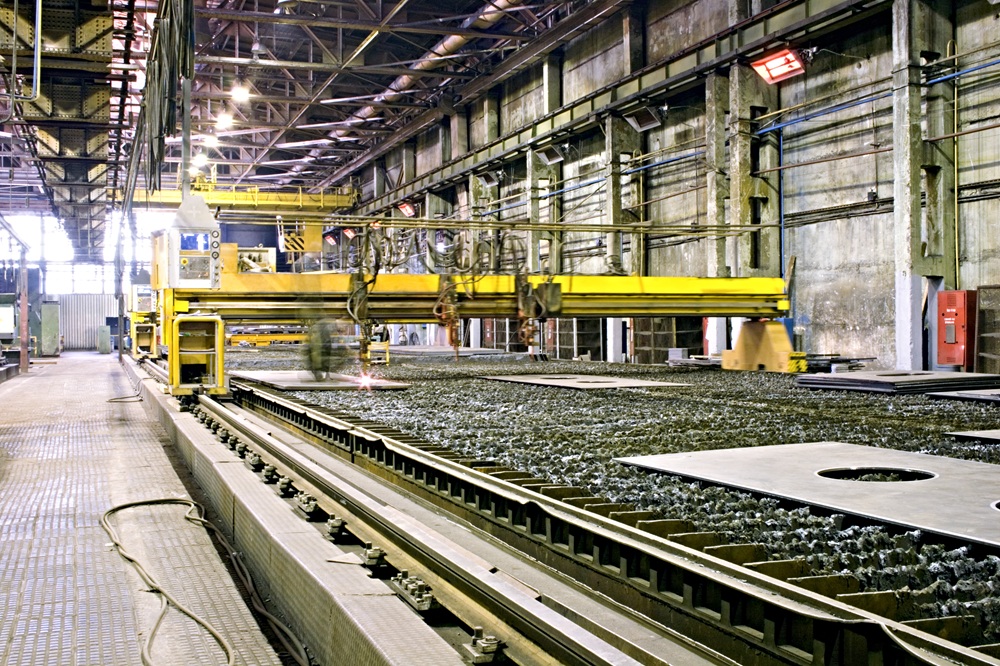
True digital maturity isn’t measured by how many tools have been deployed. It’s measured by how well those tools are integrated, how scalable they are, and how clearly they align with business objectives.
Too much tech, not enough structure
In many companies, digitalization has moved faster than their ability to build a structured roadmap. Most industrial SMEs today face a growing stack of technologies: from connectivity and IoT to AI, cybersecurity, and predictive analytics. But these technologies require time, skills and resources. Without all three aligned, digitalization becomes a fragmented process, full of false starts, isolated tools, and short-term fixes.
In most cases, the response has been reactive, not strategic. Technology gets deployed in response to specific pain points, not as part of an integrated transformation plan. The result: disconnected systems, inconsistent data flows, and investments that fail to deliver a return.
Technology is accelerating. The challenge is that many businesses are still catching up: not in terms of access, but in terms of integration. And that gap is what limits the real potential for change.
How does disconnected technology affect ROI?
Digitalization isn’t about installing a new CRM, automating a line, or adding a dashboard. It’s about reshaping the business around data: connecting operations, creating real-time visibility, and enabling faster decisions. Without that structural shift, technology becomes a series of one-off solutions with little or no impact on profitability or long-term efficiency.
In many cases, companies are deploying tools without rethinking their processes. Or they roll out new systems without checking whether their teams are ready to use them. In other cases, poor interoperability between platforms makes it impossible to scale or adapt as the business grows.
What you’re left with is tech that works in isolation and doesn’t transform. It adds complexity without delivering clarity.
The biggest barrier to industrial transformation
The biggest barrier to meaningful digitalization isn’t technical, it’s cultural. Digital transformation demands a shift in how companies think, operate, and make decisions. It means reworking processes and changing internal dynamics. And in many organizations, that change has nowhere to land.
Talent is another critical bottleneck. Businesses need people who can work across disciplines: who understand data, can manage connected systems, and can lead digital projects with both business and technical vision. But the reality is that many teams aren’t there yet. Without the right people in place, the digital conversation loses relevance and momentum.
Is Industry Ready for AI Adoption?
Artificial intelligence is generating enormous interest, but its real-world impact in industry is still limited. Not because companies aren’t interested, but because many simply aren’t ready. They lack the data infrastructure, the standardised processes, or the performance metrics needed to train and apply AI models effectively.
On top of that, leadership teams are still figuring out where AI fits in their specific context. The risk is adopting these technologies under pressure (either because of market trends or internal expectations) without a clear understanding of where they actually create value.
AI delivers when it’s embedded in a mature, well-defined process with clear business goals. Without that, it can quickly lead to frustration, unnecessary costs, and growing scepticism around the transformation effort itself.
The real challenge isn’t digitalization
Digital transformation must be driven from the core of the business. Not from a technical department. Not from a vendor. It requires strategic decisions, operational shifts, and a clear view of what the company wants to achieve. There’s no universal formula, but there are a few common principles: structure first, prioritize second, and digitalize only where measurable value is clear.
The tools are within reach, but digitalization isn’t measured by how many sensors you deploy or the software you install. It’s measured by how effectively you improve production, accelerate decision-making, and adapt with less friction. What truly sets companies apart is their ability to turn technology into results. And today, more than ever, that depends on how the transformation is led from within: a committed leadership team, well-advised and supported by technology partners with real industry experience, will undoubtedly be able to make the difference.